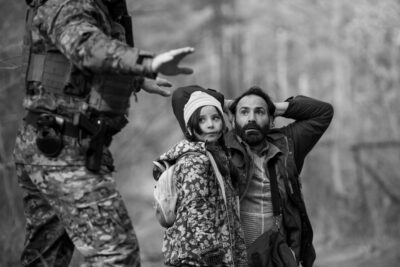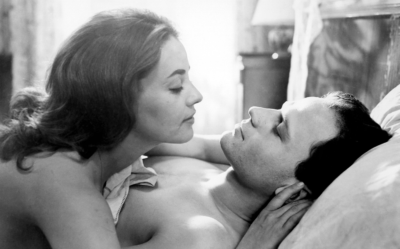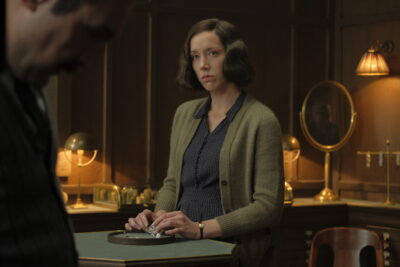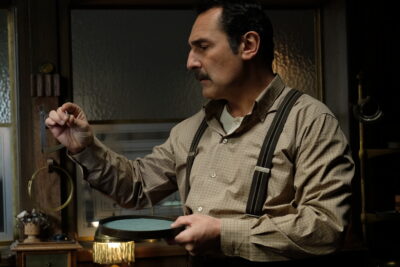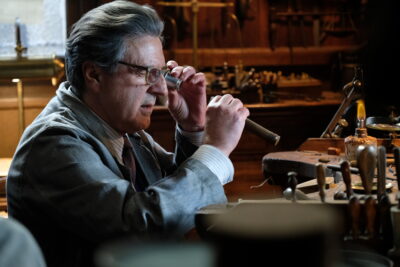“In her film debut, [writer-director Ally Pankiw] delivers a full and fulfilling narrative arc that is anchored by a surprisingly complex performance from Sennott.” – Katie Walsh, Tribune News Service
“Pankiw and Sennott bring Sam’s story to life with an inventive yet sensitive approach, creating a sympathetic portrait of someone learning to cope with the tragedies of life and embrace their funny side despite it all.” – Monica Castillo, RogerEbert.com
“A former stand-up herself, Sennott holds a stage with command.” – Amy Nicholson, New York Times
“Healing is not linear, and I Used to Be Funny adeptly displays that process, exploring Sam’s pain without making the experience of watching the film painful, and honestly refreshing exploration of a subject that’s so often brutal to witness.” – Jenny Nulf, Austin Chronicle
“Sennott is perfectly cast, portraying Sam as simultaneously lifeless and hilarious with her default blasé attitude and dry-wit humor.” – Weiting Liu, Little White Lies

![Tickets: http://laemmle.com/film/suburbia | Subscribe: http://bit.ly/3b8JTym | When household tensions and a sense of worthlessness overcome Evan, he finds solace with the orphans of a throw-away society. The runaways hold on to each other like a family until a tragedy tears them apart.
Tickets: http://laemmle.com/film/suburbia
RELEASE DATE: 7/24/2024
Director: Penelope Spheeris
Cast: Bill Coyne, Chris Pedersen, Jennifer Clay, Timothy Eric O'Brien, Wade Walston, Mike B. The Flea
-----
ABOUT LAEMMLE: Since 1938, Laemmle [Theatres] has been showing the finest independent, arthouse, and international films.
Subscribe to Laemmle's E-NEWSLETTER: http://bit.ly/3y1YSTM
Visit Laemmle.com: http://laemmle.com
Like LAEMMLE on FACEBOOK: http://bit.ly/3Qspq7Z
Follow LAEMMLE on TWITTER: http://bit.ly/3O6adYv
Follow LAEMMLE on INSTAGRAM: http://bit.ly/3y2j1cp](https://90bb70.p3cdn2.secureserver.net/wp-content/plugins/feeds-for-youtube/img/placeholder.png)
